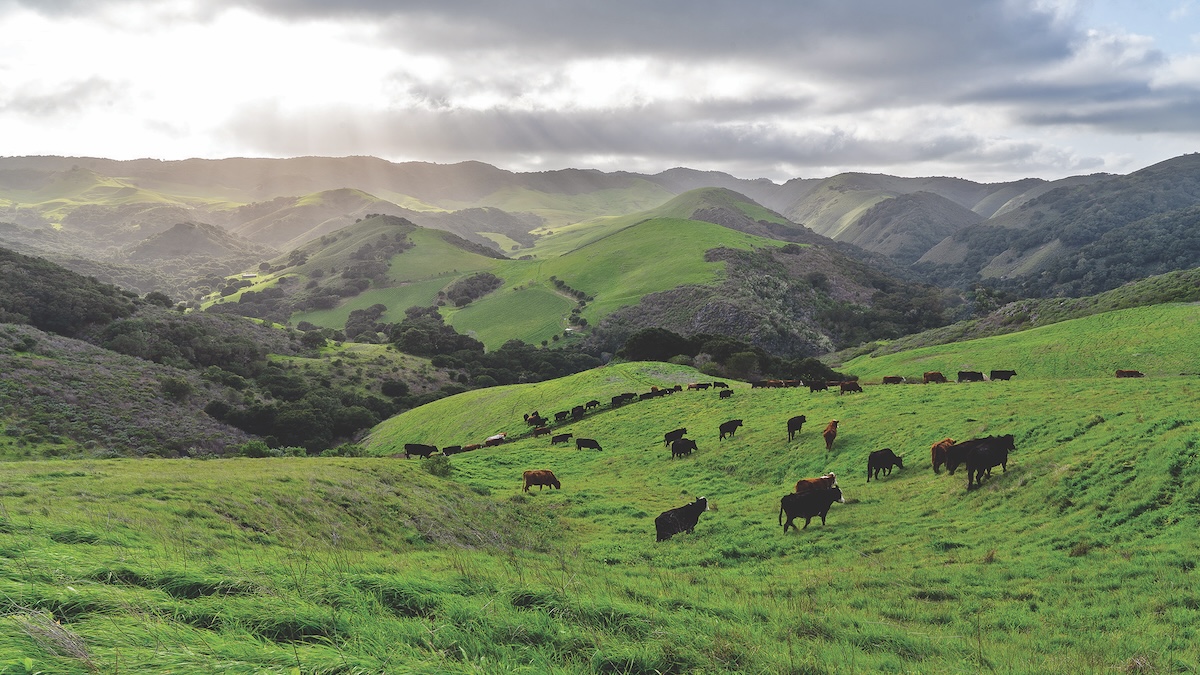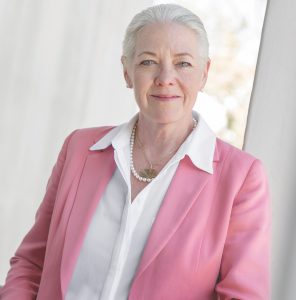Reimagining Agriculture: From Seed to Shelf

White Buffalo Land Trust (WBLT) is focused on restoring our ecosystem through regenerative agriculture. Their methods represent a paradigm shift, as the nonprofit engages in developing regenerative systems while also promoting the widespread adoption of these proven methods across the entire food system, from farmer to customer.
White Buffalo Land Trust’s unique approach is cyclical, seamlessly integrating regenerative land stewardship with community education and the training of farmers and ranchers. Similarly, their innovative monitoring and extensive data collection informs their land management practices and supports scientific research and curriculum development that advances the field of regenerative agriculture. Perhaps most importantly, all of this work brings regenerative products into the marketplace.

“We’re re-imagining the systems from seed to shelf, so it’s critical that we have our feet on the ground and our hands in the soil actively tending to these different crops and innovating within these systems,” says Ana Smith, WBLT’s Director of Programs and Engagement.
Since acquiring the 1,000-acre Center for Regenerative Agriculture at Jalama Canyon Ranch (JCR) in 2021, WBLT’s impact has extended beyond its “living laboratory.” Its management principles are now applied on more than 156,000 acres of land, thanks to its education and training programs, which reach hundreds of farmers and ranchers each year.
“Being able to share and teach and train what we’re doing is vitally important,” Smith says. “It’s how we move this work forward.”
White Buffalo Land Trust recognizes that demonstrating the success of regenerative practices both on the farm and in the marketplace is essential for catalyzing global change. In addition to their award-winning food brand, Figure Ate, which brings regeneratively sourced products to major retailers and restaurant menus, WBLT is actively collaborating with enterprise partners to develop innovative ventures. These ventures serve as replicable models for forward-thinking producers and entrepreneurs, showcasing the economic viability and scalability of regenerative agriculture.
“We have seen how commodity markets can drive environmental degradation,” Jesse Smith, Director of Land Stewardship, says. “But we believe that if that same tool is flipped and re-imagined, it has the power to restore our ecosystem.”
To achieve this, WBLT has intensified its collaborative efforts, fostering a unique gathering of diverse stakeholders – not only farmers, ranchers, researchers, and scientists, but also economists, processors, manufacturers, and food brands. By connecting these individuals through tangible, on-the-ground experiences, WBLT showcases how universally applicable regenerative principles can be successfully implemented within specific contexts and products.
“By fostering collaborative action, we can catalyze a shift in cultural norms and create lasting systemic change,” remarks Smith.
WBLT has several major projects underway in Santa Barbara County and throughout California that bring together farmers, scientists, processors, and brands to make an impact on the ground and in the marketplace. Two of these projects include re-establishing the native Western Blue Elderberry as a keystone species for watershed restoration in Santa Barbara County, and the second, known as The Almond Project, is dedicated to identifying more regenerative almond farming practices in the Central Valley, paving the way for a more resilient future for this vital crop.
White Buffalo Land Trust
Donate now!www.whitebuffalolandtrust.org
(818) 426-1398
Director of Development: Sam Franz
Together We Are a Restorative Force
Together, we have the opportunity to bring a different perspective of optimism to some of the most daunting challenges we face today.
At our 1,000-acre Center for Regenerative Agriculture at Jalama Canyon Ranch, we are practicing, promoting, and developing systems of regenerative agriculture for local, regional, and global impact through our hands-on land stewardship, data collection and monitoring, and education and training programs. We are reimagining a resilient and nourishing food system.
We don’t have to settle for sustaining depleted resources. We can do better than that. We have the ability, the capacity, and the skills to implement these practices and be genuine positive stewards of this planet. Check out this short film to see our relentless optimism in practice.
Mission
White Buffalo Land Trust practices, promotes, and develops systems of regenerative agriculture for local, regional, and global impact.
Begin to Build a Relationship
We know you care about where your money goes and how it is used. Connect with this organization’s leadership in order to begin to build this important relationship. Your email will be sent directly to this organization’s director of development and/or Executive Director.
Our law firm is proud to support White Buffalo Land Trust’s work to make our world a better place. White Buffalo’s leadership is shifting our local agricultural and food systems while furthering climate goals, increasing biodiversity, restoring the water cycle, and improving soil quality and human health. Few organizations are true innovators, creating knowledge and a demonstration project that’s brand new. White Buffalo Land Trust is one of them.
Help Build the Climate-Appropriate Plant Nursery
White Buffalo Land Trust (WBLT) is seeking $20,000 to expand its nursery of native and climate-appropriate plants, a cornerstone of its mission to restore ecosystems, increase biodiversity, and foster community education. The nursery at Jalama Canyon Ranch supports key watershed restoration projects and enhances biodiversity in working landscapes.
“For too long, many people have assumed that agriculture cannot help address the biodiversity crisis. White Buffalo Land Trust is demonstrating that we can have our almonds and native pollinators as well as a model for a diverse farm that meets the needs of humans and the rest of nature. They are leading the way in showing how agriculture on the Central Coast needs to evolve so that all species can thrive,” says Steve Windhager, Ph.D., Executive Director, Santa Barbara Botanic Garden.
Key Supporters
Manitou Fund
Roberto Foundation
WOKA Foundation
Macdoch Foundation
James S. Bower Foundation
Patricia & Paul Bragg Foundation
G.A. Fowler Family Foundation
Natalie Orfalea Foundation
UGG
TomKat Education Foundation
Coyuchi Philanthropy Fund
Dancing Tides Foundation
Santa Barbara Foundation
Zegar Family Fund
Williams Corbett Foundation
Hutton Parker Foundation
Ann Jackson Family Foundation
Land Trust
for Santa Barbara County
Gaviota Coast Conservancy
CA Dept of Agriculture
U.S. Dept of Agriculture


